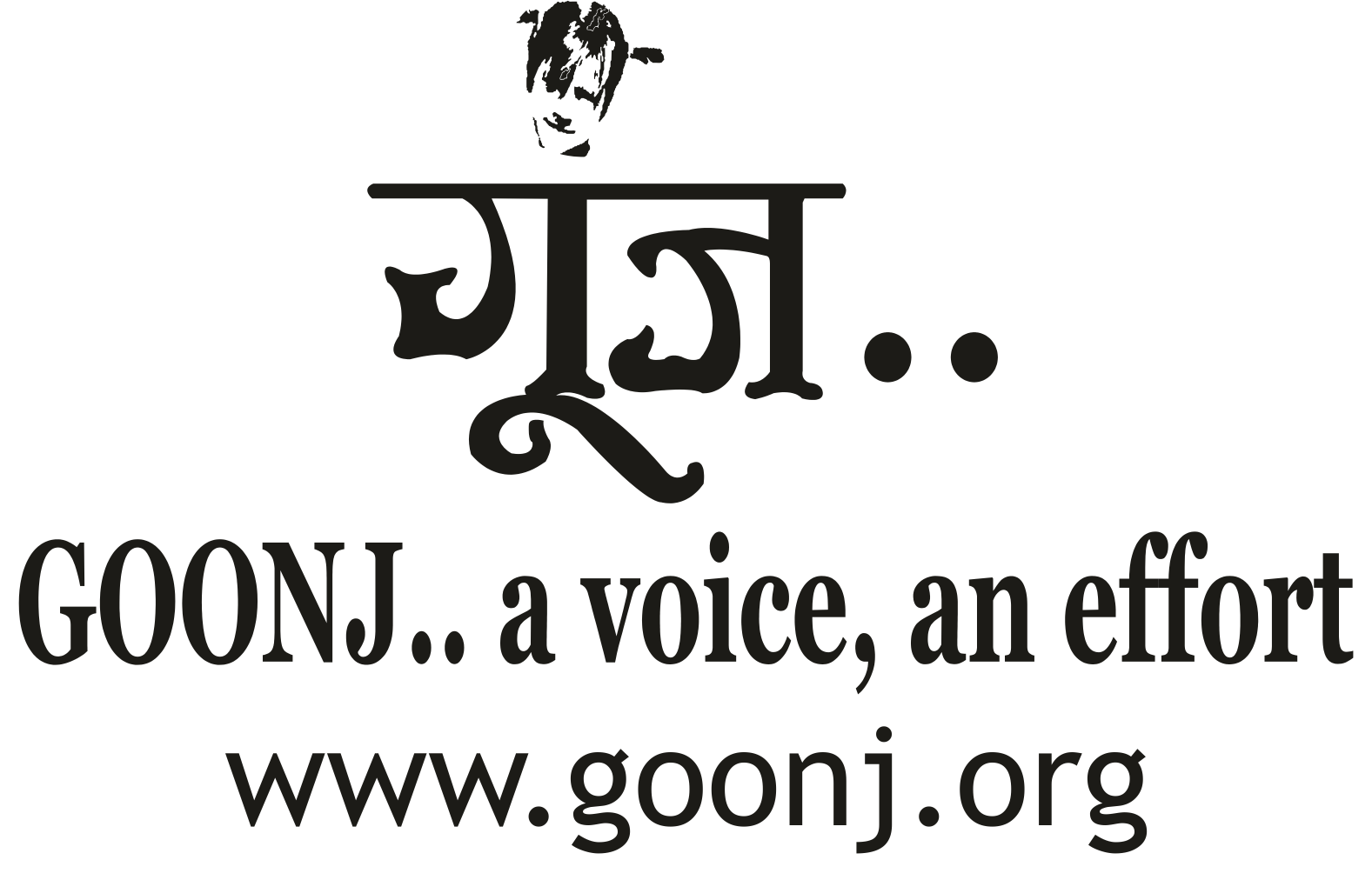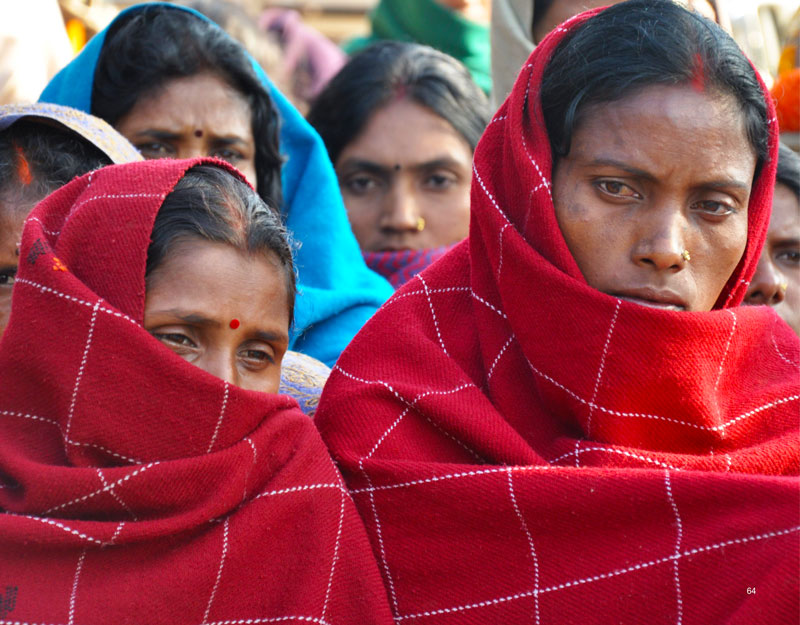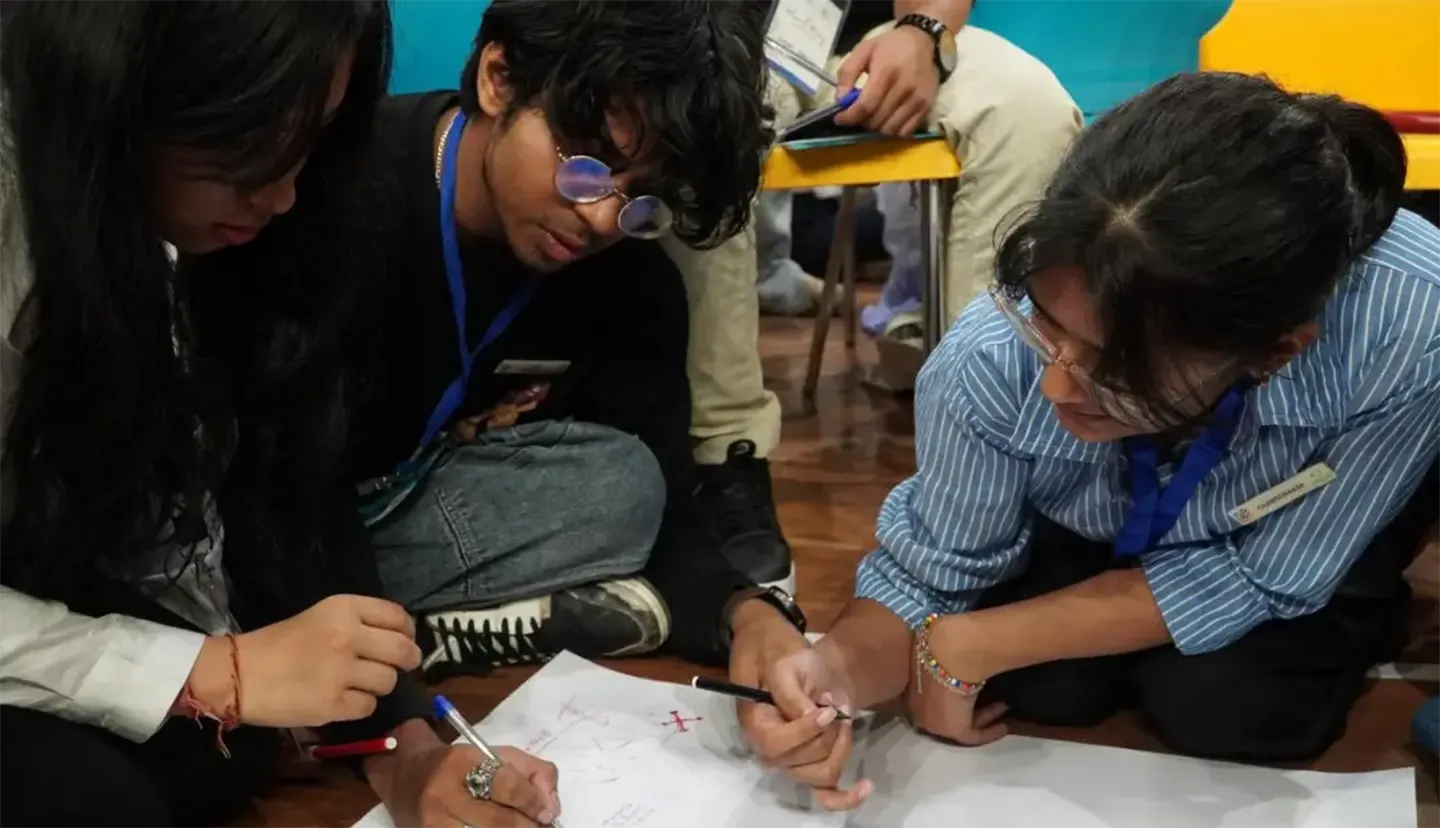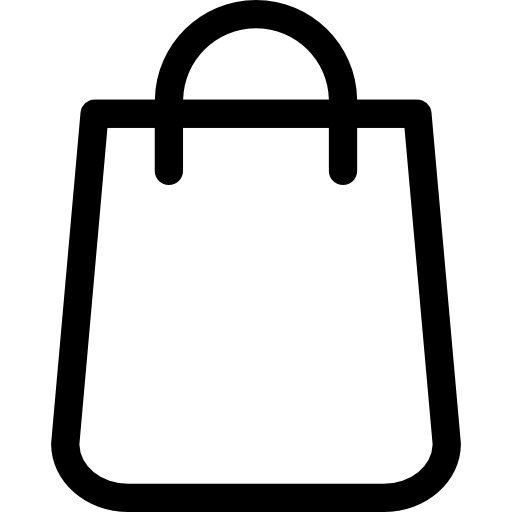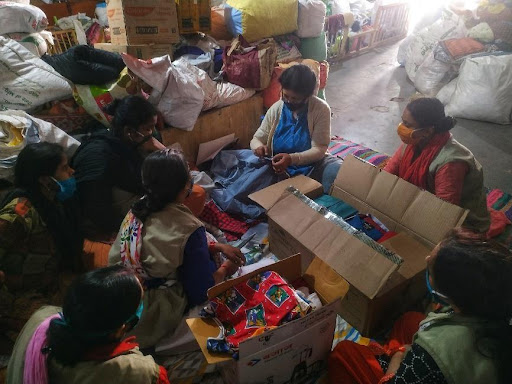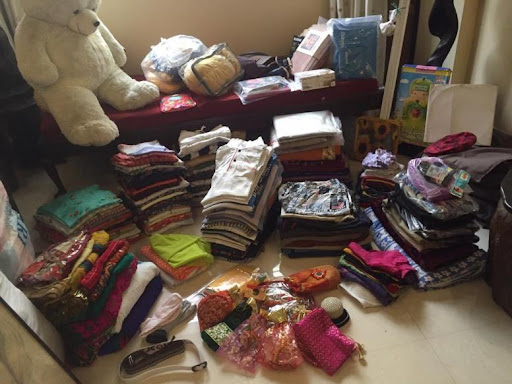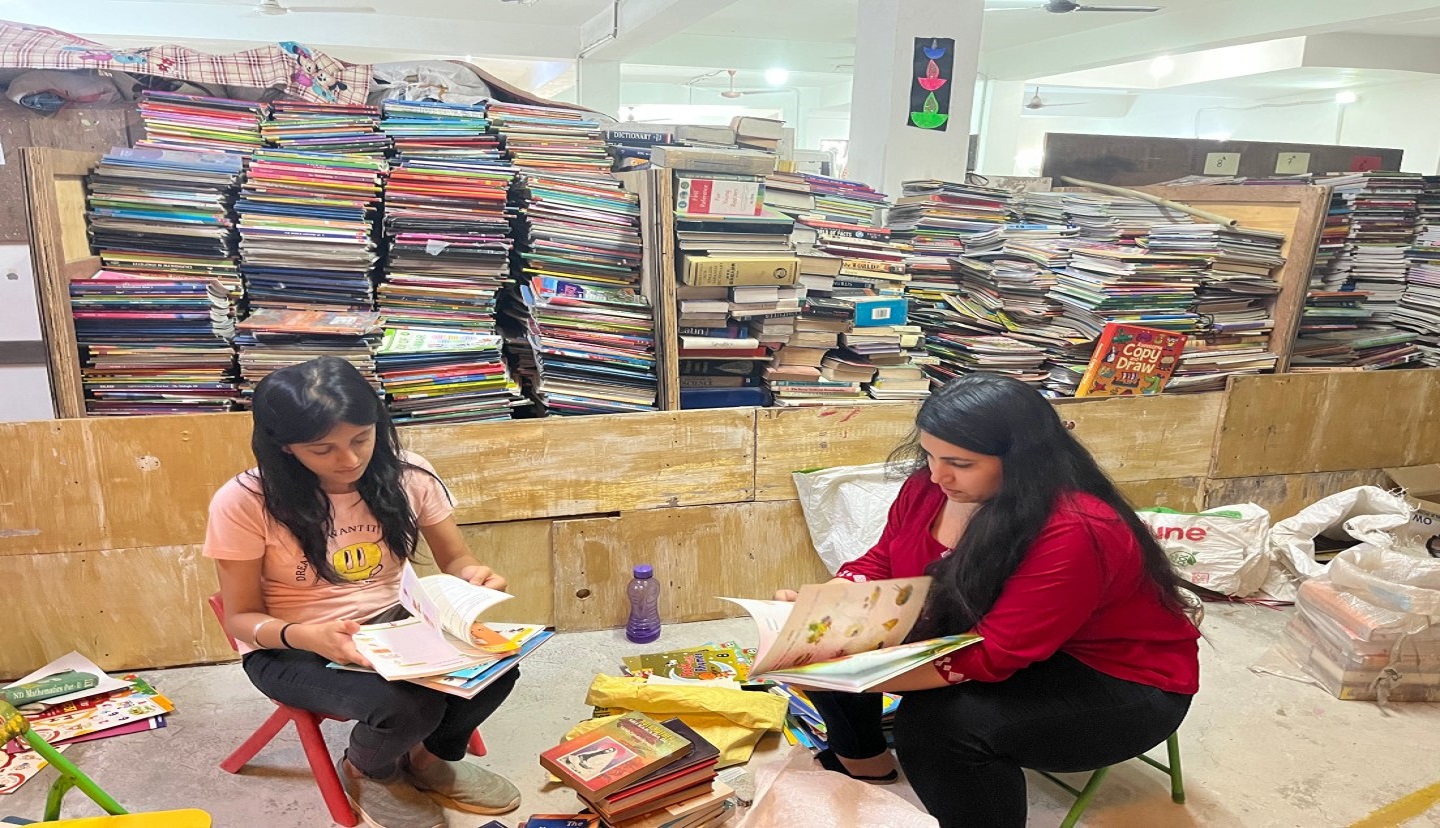Two-three days before I get my periods, I feel mentally ill as well, thinking of what I could use during those days because there is no easily available cotton cloth. Whenever I think about the ordeal, I get a headache. When my periods start I take any thing from my house. I have spoilt cushions, pillow covers, and bed sheets even during my periods. Due to that, I have been scolded and even beaten up many times by my mother but what can I do? Once in anger and frustration I didn’t have food for two days. When I asked my classmate for pads, she said, these are not for free. These are very costly. She had got them from the market. I feel sick and often pray to God to stop my periods forever.” Shalu, the daughter of a tangewala (horse cart driver) lived in Saharanpur, Uttar Pradesh. Her father’s income was barely enough to meet the daily needs of the family.
In a village in Firozabad, Uttar Pradesh, a woman died of tetanus as she used a piece of cloth that had embedded in it a rusted hook. “It is a matter of shame, a matter of dignity. Who will speak about it? The entire village knows that she died of tetanus because of the hook,” said a villager.
“Even today, at times of emergency while we are working in the field or when cloth is not available we use leaves from the local Sal trees,” Say the women of Koi tribe, Sugapada village of Daringbadi block, Odisha. They tell us about their challenges around menstruation. On how long a piece of cloth typically last, if they have one to begin with, “On an average every woman has two pieces of clothes to use. We use them for months, sometimes for a year till the cloth tears off.” Dinabandu from our local partner NGO Kandhamal Zilla Sabuja Vaidya Sangathan (KZSVS), working closely with these communities for many years, told us, “These women buy cloth once a year. The astonishing fact is that many families still take credit from local sahukars (money lenders) to buy these pieces of cloth. Consequently, the women are forced to use just a single piece of cloth for an entire year.”
Farzana, a 19-year-old-girl from Mazara, Uttar Pradesh, broke into tears when she got MY Pads for the first time. “No one has ever talked to me on this subject. I had so many questions going on in my mind but I could never share it with anyone.” She adds,“I remember how my mother used to buy old clothes from Mangal bazaar (Tuesday market) for all my sisters to use during menses which meant that she would have to cut down on other expenses.”
An adolescent girl studying in a Delhi school said, “We don’t have enough money to purchase sanitary pads. With three sisters in the family use old cloth and if we don’t have enough cloth we go to the local tailor and get cut pieces.” Another girl shared, “Out of fear I hid my clothes and bed sheets from my mom. Later when she found out she gave me a cloth to control the flow, but we never spoke about it.” A girl from a Dhol community living on the streets of Delhi said, “Whenever I menstruate I do not use anything. I manage it only through the clothes I wear but if the flow is heavy I use cloth and sometimes with sanitary pads. Disposing the pads is a bigger problem; I have to wake up at 4 am in the morning to go to the nala (open drain) a bit away from our street to throw away the pad.” Disposal is a big issue for a woman in the entire menstrual process, which hasn’t received its due attention. The risks and difficulties women face, the shame and embarrassment; all add up to turning menstruation into a monthly disaster.
The unbearable trauma we can sense in the words of Shalu, Farzana, and thousands of nameless girls; the desperation, shame, unhealthy practices, compulsion, and painful silence that seems to be an inevitable outcome; the tragedy we hear of but are unable to comprehend of women dying due to infections such as tetanus; all this makes us think — if the girls had enough cloth, would menstruation still be a monthly disaster for them?
We are not sure if even today, many of us understand how women deal with this very basic problem, because not enough is talked about the shame and indignity that they go through, and the solutions at hand. Struggling for the basics of life, a sanitary pad is the last thing on the mind of most women in rural and slum India. They face great hardships and indignity, besides the many health risks due to lack of access, awareness, un-affordability, and unhygienic practices around whatever they use for their menses. But stories chart out Goonj’s journey, innovations and insights around menstrual hygiene and management. Also shining a light on why a piece of cloth is not just a piece of cloth but much more for a woman.
